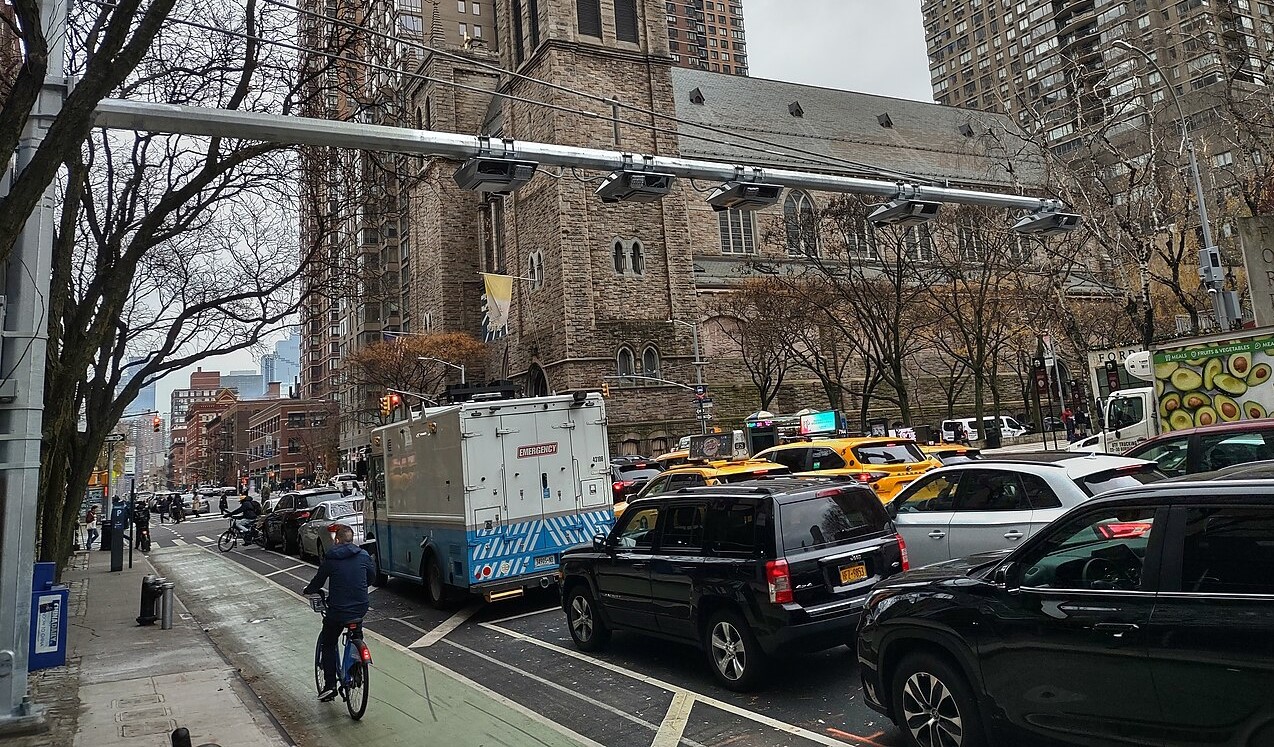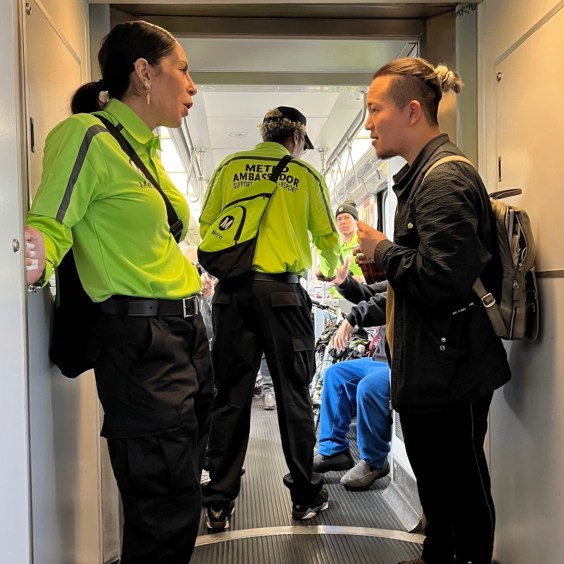The release of the Department of Energy's Transportation Energy Data Book is a transportation stat geek's dream -- 300-plus pages of numbers detailing the way the country burns this or that moving people and freight from city to city.
Of course, not everyone gets a thrill from poring through data tables for hours at a time, so for your convenience, here is the dime summary of the 2009 version of the publication: Americans still burn a lot of gas.
As of 2007, Americans used 19.4 million barrels of oil per day, or about one-quarter of global consumption. About 68 percent of petroleum consumption goes to transportation -- a number that has risen steadily for decades -- and about 84 percent of petroleum consumed by transportation is attributable to the use of American highways.
Our vehicles are getting more efficient, however. From 1970 to now, fuel efficiency for cars has increased from 13.5 miles per gallon to 22.5. For trucks, the number has risen from 10 mpg to 18.
The bad news is that from 1975 to the present, the SUV market share rose from 1.8 percent to 30.7 percent. And all of that driving has a significant cost in terms of carbon emissions.
Americans produce about 6 billion metric tons of carbon dioxide per year. Around a third of that -- 33.6 percent -- is from the transportation sector. Transportation's share of total emissions has been increasing in recent years.
Americans drive a lot, and they own a lot of vehicles. There were 844 vehicles per 1,000 people in America in 2007. That compares to 609 per 1,000 in Canada, and 587 per 1,000 in western Europe.
One reason we own so many cars and use them so much is that the gas tax remains low. In Canada, about 31 percent of the cost of gasoline is attributable to taxes, while in America that number is just 14 percent. In other developed nations, the share of tax in the retail cost of gas is higher still, and occasionally more than 50 percent.
Is it reasonable to think that our oil dependence can continue indefinitely? Well, consider this. Of the world's 645 million registered vehicles, about 235 million are in America. China has 13.7 million, by contrast, and India has 8.5 million.
But China and India have three to four times as many people as America, and Chinese automobile ownership has grown by 10 percent per year over the past decade while Indian ownership has increased at a 6.6 percent annual pace.
Within a decade, we will be talking about hundreds of millions of new vehicles in China and India, nearly all of which will be gasoline-powered. That will place enormous pressure on oil producers and oil prices and the environment. Cheap gas is a thing of the past.
Happily, Americans have been using transit in increasing numbers. The latest data continue to show that energy intensity (measured in Btu per passenger mile) for light, heavy, commuter, and intercity rail alike is substantially lower than the intensity for cars and trucks.
Buses do not perform well, however, and the reason why has important implications for policy decisions: Load factor is key. A mostly empty bus is much worse for the environment than a personal vehicle. A full bus is much better.
As increasing ridership has pushed transit systems toward capacity, energy intensity numbers have improved, making transit systems ever greener. It's important, then, to design land-use policies to maximize transit usage. That improves the economics of transit systems as well as the environmental impact.
One final, and interesting item included in the government's latest energy data book is an analysis of individual transit systems by energy intensity.
The findings are stunning; for instance, Galveston's light rail system is more than 10 times as energy-hungry as Houston's, per passenger mile. A quick glance at the rankings suggests that load factor is a critical variable, which once more points toward proper system design and land use as crucial in generating environmental benefits from transit.
There are additional data points galore in the book itself. Those of you not already glassy-eyed can find the full publication here (PDF).





